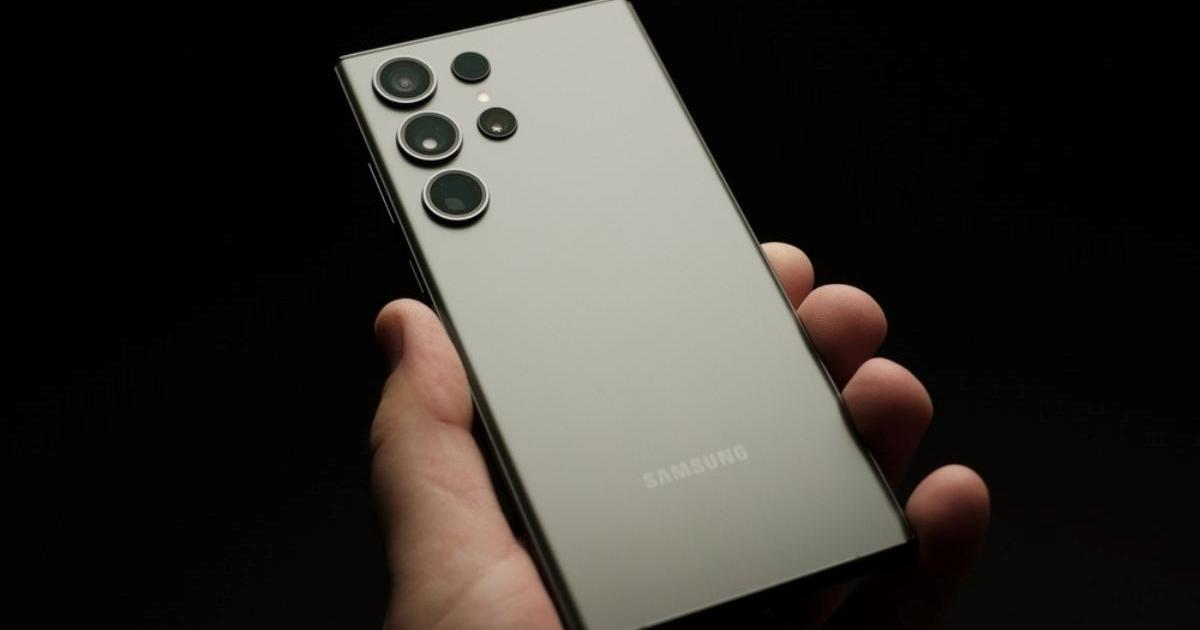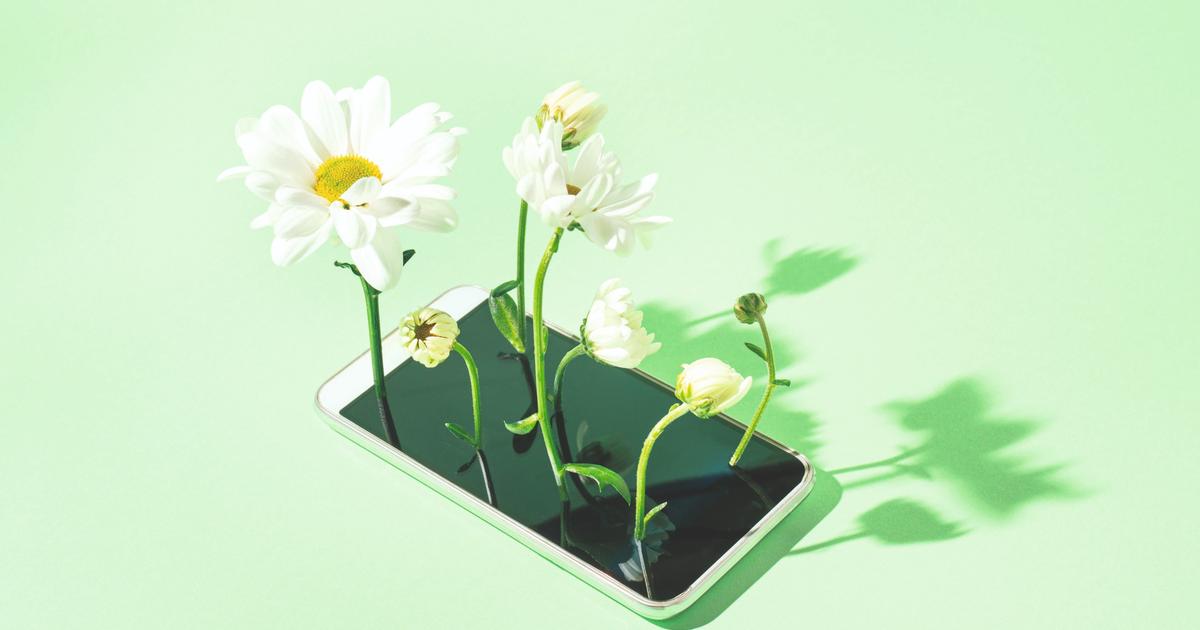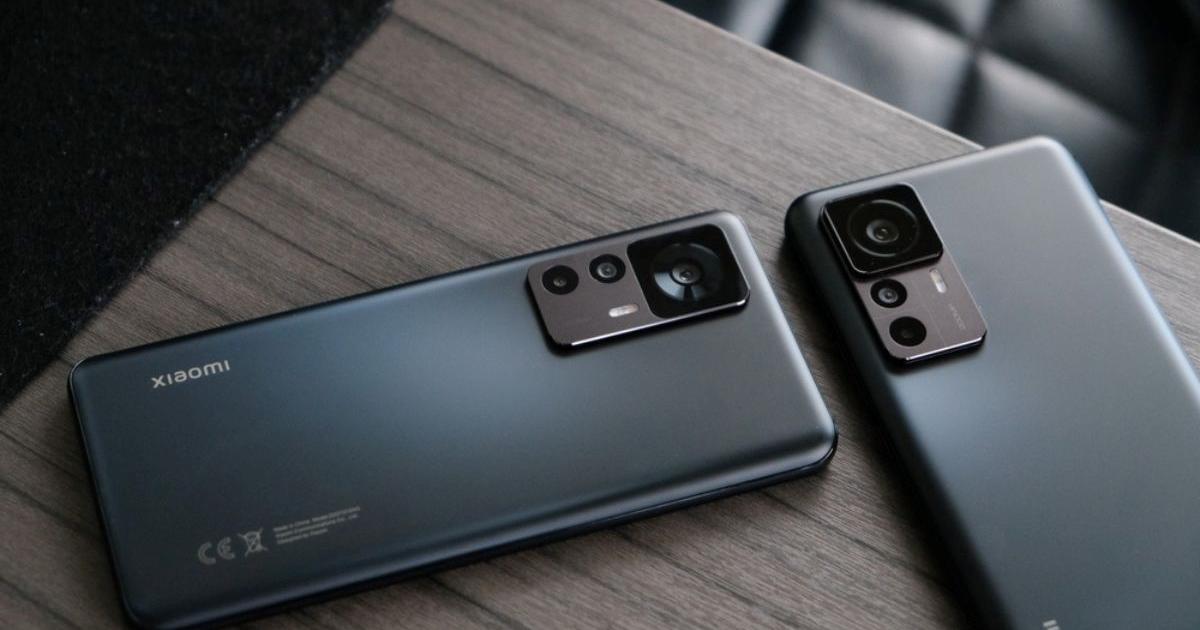Enlarge image
A shattered display is annoying, but you can take precautions
Photo: Andrea Warnecke / dpa-tmn
If you want to protect the display of your smartphone from damage, you are spoiled for choice: glass, plastic film or a spray-on solution.
But what is the best screen protector?
Each variant offers advantages, but also has its pitfalls:
Plastic Films: Cheap but thin
"Simple plastic films are pleasantly thin and very cheap, but they only protect the smartphone from scratches and light impacts," says Sebastian Klöß from the IT industry association Bitkom.
Such a film could not hold back much more.
Even key scratches are already too much for many plastic films.
Basically, the following applies: Films made of polyethylene are stronger than those made of polypropylene.
In addition, plastic foils have to be replaced quite regularly because they scratch quickly, says Klöß.
Another disadvantage is that plastic films are usually not grease-repellent: "Protective layers made of glass usually have this property" - similar to smartphone displays without extra protection applied.
"Fingerprints on them don't remain visible, but disappear again immediately," says Klöß.
Plastic films for the smartphone can be matte or clear.
According to Ulrike Kuhlmann from the specialist magazine »c't«, which option you choose is a matter of taste: »With clear foils you have all the reflections that you would otherwise have on the display, also on the foil.
Sometimes even more.«
A matt surface prevents this, according to Kuhlmann.
At the same time, however, the display appears somewhat more diffuse and less rich in contrast due to the frosted foils.
So if you like to read in sunlight, you are better off with a matte protective film.
Those who prefer to look at color-intensive photos on their smartphone are probably better off with a clear film.
Glass: Hard but inflexible
Protective glass is much harder than simple plastic film.
This is usually a composite of glass and foil.
Such protective glasses for the mobile phone display are available in different hardnesses.
Hardnesses are given in H (Mohs hardness).
"The highest level is ten H - that's as hard as diamond," explains Kuhlmann.
For comparison: the factory-installed front protective glass for the mobile phone display is usually made of so-called gorilla glass and has a hardness of about seven H. Sapphire glass is even harder with nine H. "But sapphire glass is very expensive to produce," explains Kuhlmann.
"So if someone sells a protective glass for 6.99 euros and claims that it has a hardness of nine H, that's definitely not true."
In addition, when buying a glass screen protector, you should urgently pay attention to its thickness.
"Some modern smartphones have the fingerprint sensor under their display," says Kuhlmann.
"If you put protective glass on the display that is too thick, this sensor may no longer work." According to Klöß, however, the operation of the display is better than with foil: "The haptic feeling of the smartphone is transmitted completely differently with glass."
Spray-on protection: Uncomplicated, but not very durable
There are also liquids that can protect the smartphone screen after they have hardened.
A first advantage of these liquids is the application, explains Sebastian Klöß.
This is very uncomplicated in contrast to foils and glass: simply spray on.
Annoying bubble formation or crooked slides are not an issue here.
The spray-on protection is quite effective in preventing scratches and offers limited protection in the event of a fall.
But if a scratch makes it through the protective layer or a fall causes cracks in the front glass, these blemishes are irrevocably in the display.
"With protective glasses, the scratches or cracks are only in the protective layer - and that can be easily replaced," says Klöß.
The situation is similar with plastic foils.
In addition, the protective layer for spraying on has to be renewed about every twelve months, explains the expert.
In order to protect a smartphone really effectively, you need more than a screen protector, Kuhlmann knows: "If you drop your cell phone more often, you should definitely protect it with a case."
By Elisabeth Winkler, dpa / tmk









